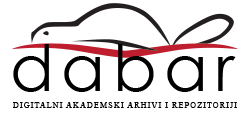| Abstract | Komplementarne vrste terapije u različitim aspektima nadopunjuju i proširuju
službenu medicinu. Komplementarne terapije u porodništvu su uglavnom usmjerene na
opuštanje, ublažavanje boli i olakšavanje fiziološkog poroda. Korištenje komplementarne
medicine je rašireno diljem svijeta, i sve popularnije među trudnicama i rodiljama. Za vrijeme
trudnoće žene više obraćaju pozornost na moguće nuspojave sintetičkih lijekova iz straha od
mogućeg oštećenja fetusa. Zato toga, često pribjegavaju nefarmakološkim metodama i
istražuju komplementarne i alternativne terapije.. Iako su znanstveni dokazi o učinkovitosti
mnogih oblika komplementarne terapije dosta ograničeni, većina zdravstvenih djelatnika će
priznati kako uključivanje aspekata komplementarne terapije u porod može pomoći rodiljama
da izbjegnu nepotrebne medicinske intervencije i povećaju mogućnost spontanog vaginalnog
poroda.
Korištenje biljnih pripravaka u medicinske svrhe je jedna od najstarijih
komplementarnih metoda. Koristi se već tisućama godina i prenose iz generacije u generaciju.
Biljni pripravci se mogu koristiti za smanjenje boli, za smanjenje anksioznosti i napada
panike, protiv nesanice, protiv mučnine te za indukciju poroda i druge svrhe.
Komplementarne metode koje se mogu koristiti za indukciju poroda su; konzumacija lista
maline i ricinusovog ulja, akupunktura, spolni odnosi i stimulacija bradavica. U
komplementarne terapije spadaju i drevne masaže iz kineske medicine poput akupresure i
refleksologije. Uz akupresuru trudnice često koriste i akupunkturu. Budući da nema ozbiljnih
nuspojava, akupunktura je idealna alternativa za liječenje poremećaja u trudnoći.
Zbog velikog zanimanja žena za komplementarnu medicinu primalje, medicinske
sestre, liječnici i drugi zdravstveni djelatnici koji pružaju skrb ženama tijekom porođaja
trebaju biti u toku s najnovijim istraživanjima, dokazima te profesionalnim smjernicama. |
| Abstract (english) | Complementary therapies complement and extend official medicine in various ways.
In maternity care, complementary therapies are mainly aimed at relaxation, pain relief and
facilitation of physiological birth. The use of complementary medicine is widespread
throughout the world and is becoming increasingly popular among pregnant and birthing
people. During pregnancy, women pay more attention to the possible side effects of synthetic
medications for fear of possible harm to the fetus. Therefore, they often resort to nonpharmacological
methods and explore complementary and alternative therapies. Although the
scientific evidence for the effectiveness of many forms of complementary therapy is quite
limited, most health care professionals will acknowledge that incorporating aspects of
complementary therapy into childbirth can help mothers avoid unnecessary medical
interventions and increase the likelihood of a spontaneous vaginal birth. The use of herbal
preparations for medicinal purposes is one of the oldest complementary methods. It has been
used for thousands of years and passed down from generation to generation. Herbal
preparations can be used for pain relief, reducing anxiety and panic attacks, insomnia, nausea,
and for induction of labor, among others. Complementary methods that can be used to induce
labor include consumption of raspberry leaves and castor oil, acupuncture, intercourse, and
nipple stimulation. Complementary therapies include ancient Chinese medicine massages
such as acupressure and reflexology. In addition to acupressure, pregnant women often use
acupuncture. Since there are no serious side effects, acupuncture is an ideal alternative for
treating pregnancy-related ailments.
Because of women's great interest in complementary medicine, midwives, nurses,
physicians, and other health professionals who provide care for women during childbirth
should be up to date on the latest research, evidence, and professional guidance. |

